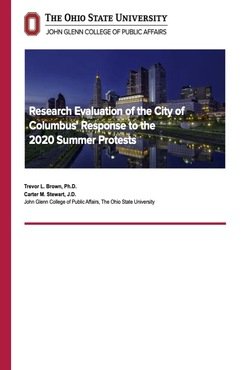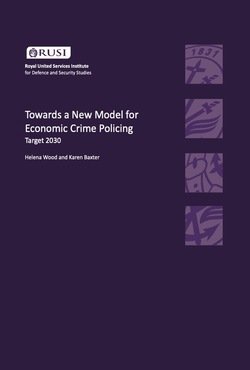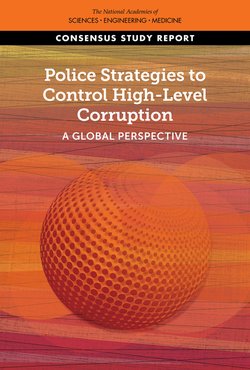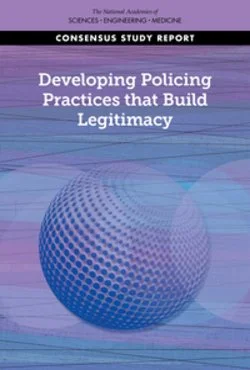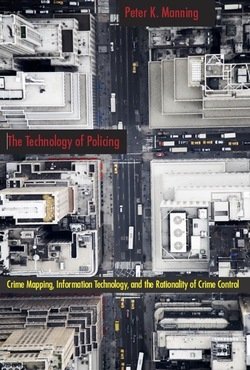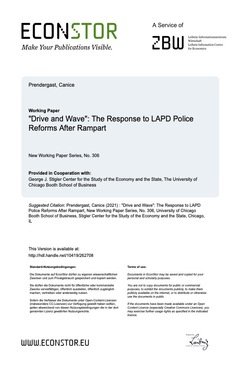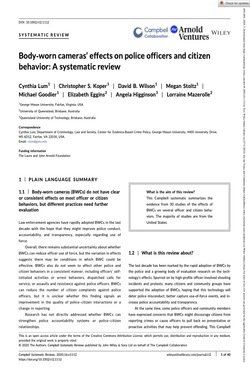By The National Police Foundation
A National Police Foundation Report to the Los Angeles Board of Police Commissioners on the Los Angeles Police Department Response to First Amendment Assemblies and Protests Occurring May 27 – June 7, 2020
The past year, 2020, was by many measures an unprecedented year. The COVID-19 pandemic, political discourse and rising tensions amid ideological divisions, public frustration and anxiety, and a growing intensity and spotlight on racial justice took center stage in communities across the United States. Then, the May 25, 2020, death of George Floyd3 ignited protests and civil unrest. The protests spanned across communities large and small and engaged a broad spectrum of people across racial and ethnic divides4 . Similar protests in cities and communities – large and small, urban and suburban, East and West—across the United States voiced mistrust and frustration regarding police interactions within communities of color as well as the growing tension, not just within those communities, but in all communities. Protests were amplified and tensions heightened as the issues became a part of the national political debate.
Arlington, VA: National Police Foundation, 2021. 114p.



